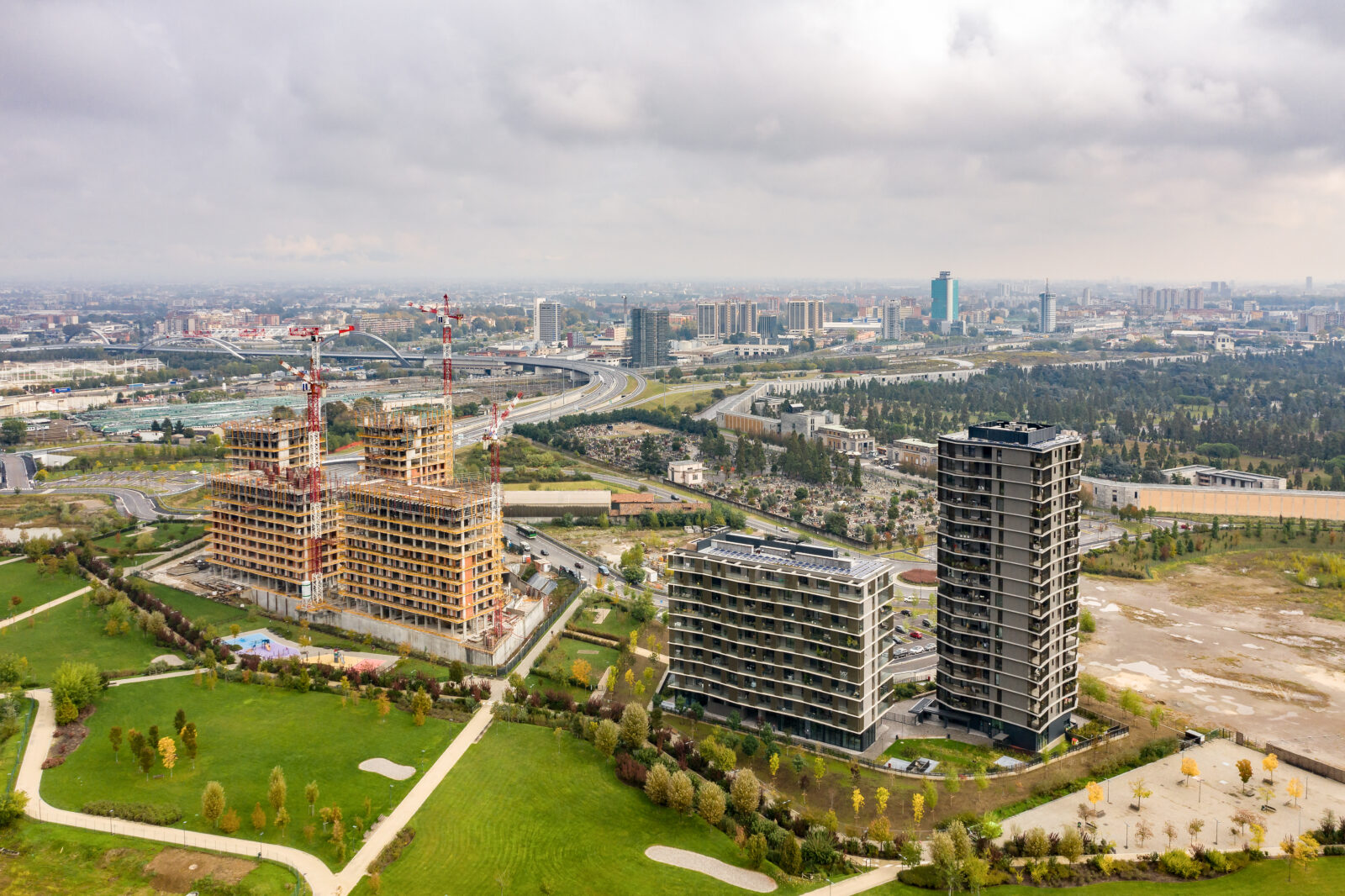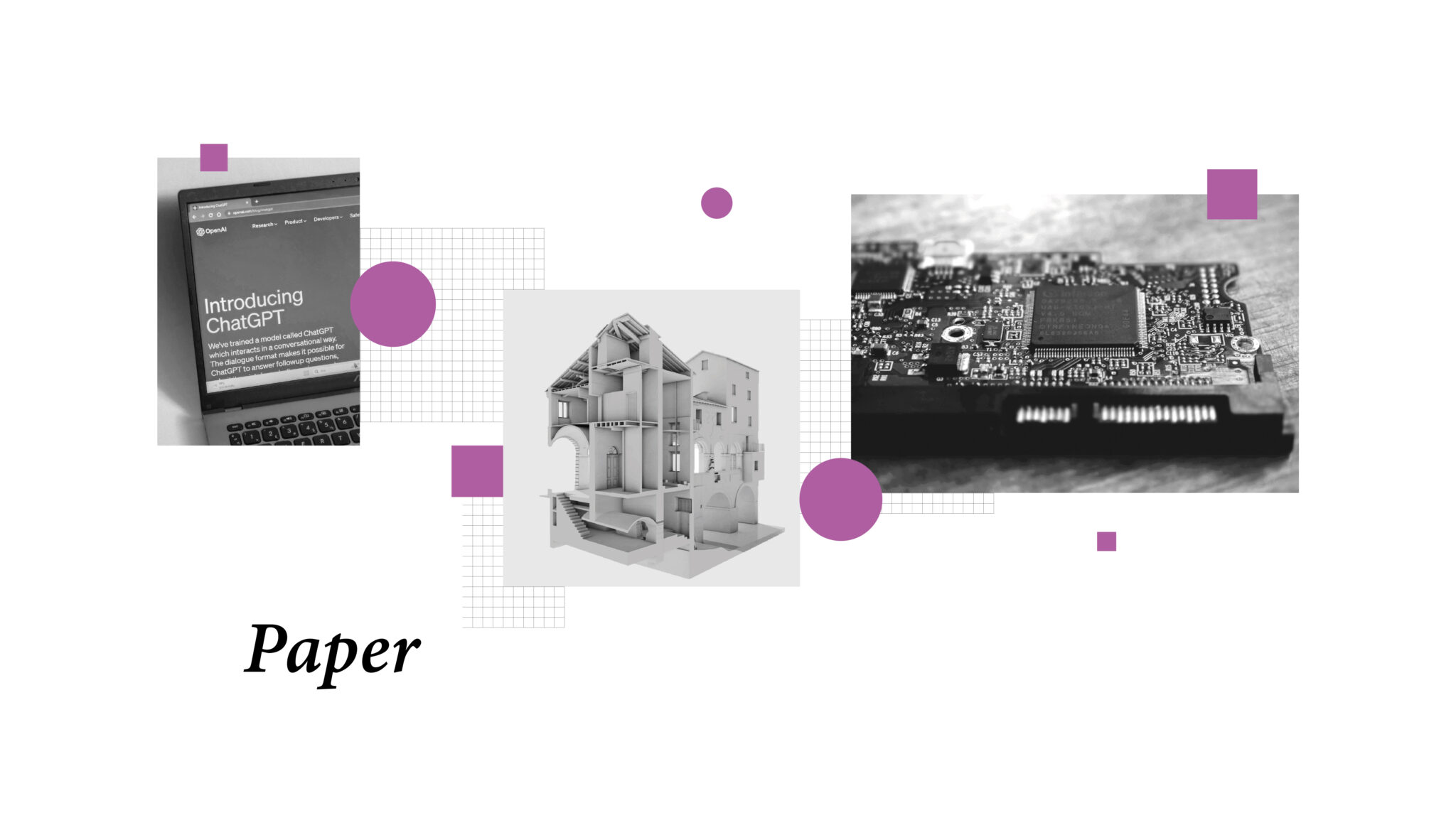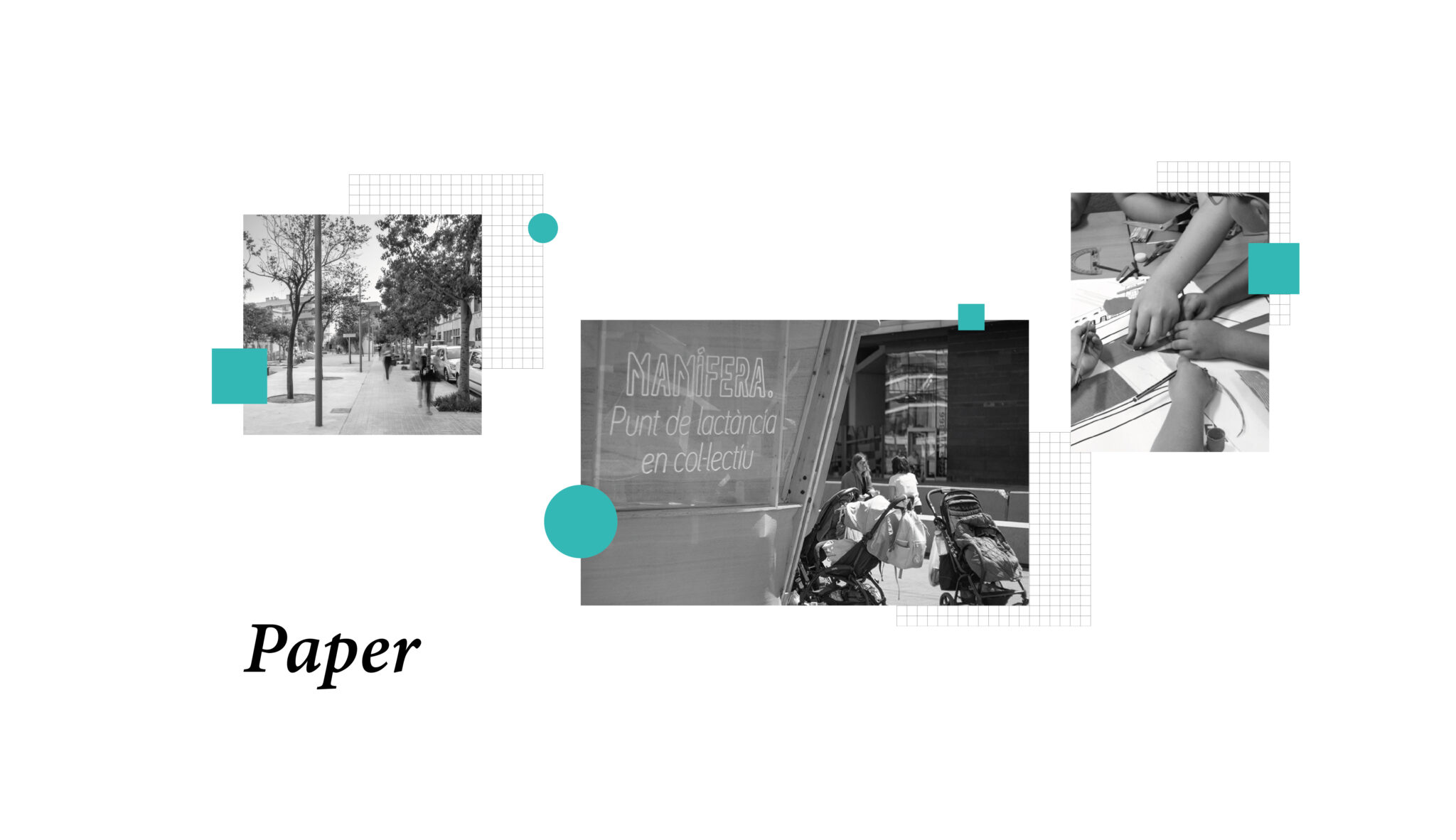
The competitiveness of intermediate regions: innovation and attractiveness
DVA · 11 May 2022
For our architecture practice, working in Milan represents an important milestone, as well as confirmation that the client segment represented by property developers has recognised and appreciated the value of our innovative methodological approach and the know-how of our team.
DVA projects in Milan: contracts and clients
Founded in 2015 in Brescia, our practice was engaged to work in Milan on several significant projects in 2020, at the height of the pandemic: the general site supervision of Milano City Village – a residential complex resulting from an urban regeneration initiative by Abitare In in the former Telecom area; the design and site supervision of the R8 residential complex within the Cascina Merlata district of Euromilano; the design and site supervision of the residential complex at Via Cadolini, also resulting from the redevelopment of the former Plasmon site, once again in collaboration with Abitare In.
For us, Milan represented an important milestone, but also confirmed that the segment of clients represented by property developers had understood and appreciated the value of our innovative methodological approach and the expertise of our design team.

DVA’s innovative approach
DVA was established in 2015, when innovation meant digitalisation. The use of a methodology alone was not sufficient to gain a share of the market: it was necessary to develop a design thinking process, putting the architects’ creative abilities at the service of BIM to address the specific needs of clients, devising bespoke and original solutions each time.
Today, many of these processes have been prototyped, enabling us to assess the strengths and weaknesses of each design choice rapidly and with exceptional precision.
In the case of our projects in Milan—characterised by scenarios involving hundreds of housing units to be integrated into defined urban contexts, heavily influenced by their surroundings—we are approaching the design process with an even more advanced methodology. Here, Building Information Modelling is enhanced by generative design, enabling us to amplify the designer’s creative capacities while leveraging software’s ability to process vast amounts of data and, through the precise setting of parameters and standards, determine the optimal solution from all those under consideration.
Equally innovative for the market is the approach to Site Supervision 4.0, where, through BIM, information flowing to and from the construction site is collected and organised within a shared data environment accessible to all stakeholders. Progress reports, design modifications, and site instructions to the contractor are similarly managed.
At the heart of good design always remain the thought, imagination, and sensitivity of those who design smart buildings, neighbourhoods, and cities—and of those who inhabit them.
Current trends
Innovation is transforming the face of many cities, both in their visible aspects, with new or redeveloped buildings, and in their underlying infrastructure, through networks, cabling, and technological systems that enable citizens to live in smart cities which, today and increasingly in the future, will lead to the optimisation of services and consequently to an improvement in quality of life.
Today, Milan is a city that has caught up with other European metropolises, and boasts a contemporary skyline and an ever-expanding network of green spaces.
However, when discussing smart cities and examples of excellence in innovation, it is not only the metropolises that serve as models. Regional cities are experiencing a transformation that is technological, ecological, and social. A more manageable size and flexible governance are enabling medium-sized municipalities to implement a range of virtuous initiatives quickly and efficiently, such as separate waste collection, improvements in public transport efficiency, energy and traffic management, the redevelopment of the building stock, and the enhancement of green spaces.
The same trend can be observed among entrepreneurial, scientific and cultural organisations.

Brescia: cradle of productivity and specialisms, moving towards innovation
Several indicators portray Brescia, the city in which we operate, as an urban environment that, rather than being drawn into Milan’s gravitational pull, is gradually distinguishing itself through its unique characteristics, resources and technological innovation.
Long recognised as a land of work, industriousness and pragmatism that generates income and wealth, our city combines its entrepreneurial spirit with increasing specialisation in the fields of innovation.
This process is primarily the result of local stakeholders who are introducing new elements into the fertile ground of Brescia’s economy, encouraging the positive evolution of its production. In this way, our province is not only able to retain centres of excellence, but also becomes competitive externally as a driver of sustainable innovation. SMEs that have succeeded in establishing themselves in major international markets coexist with centres of technological innovation, start-ups, and leading universities that foster increasing specialisation.
Added to this is the city’s internationally significant cultural heritage which, boosted by the Bergamo-Brescia Italian Capital of Culture 2023 initiative, will enable Brescia to make the leap to metropolitan city status. This will also attract young people, who are increasingly focused on sustainability, while elevating the city as a destination for quality international tourism.
Is it DVArea heading to Milan, or is Milan calling DVArea?
If innovation today means operating sustainably, DVArea — which encompasses the companies DVA, Bimfactory, DVMEP, and DVS — as the first benefit corporation providing services for architecture, aims to become a key reference point in the Brescia and Lombardy area, investing in digital transformation, environmental sustainability, and design culture.
An approach that, by improving project quality and site management, promotes interventions that reduce environmental impact and enhance people’s quality of life. This orientation also extends internally, to corporate responsibility towards employees, collaborators and clients, making us recognisable as an innovative organisation in every respect.
Alessandra Romanelli, Associate Partner and COO DVision Architecture

Looking for more engaging content?
Subscribe to the DVArea Newsletter to stay informed about our latest updates in architecture, construction, digitalisation, and integrated sustainability.







